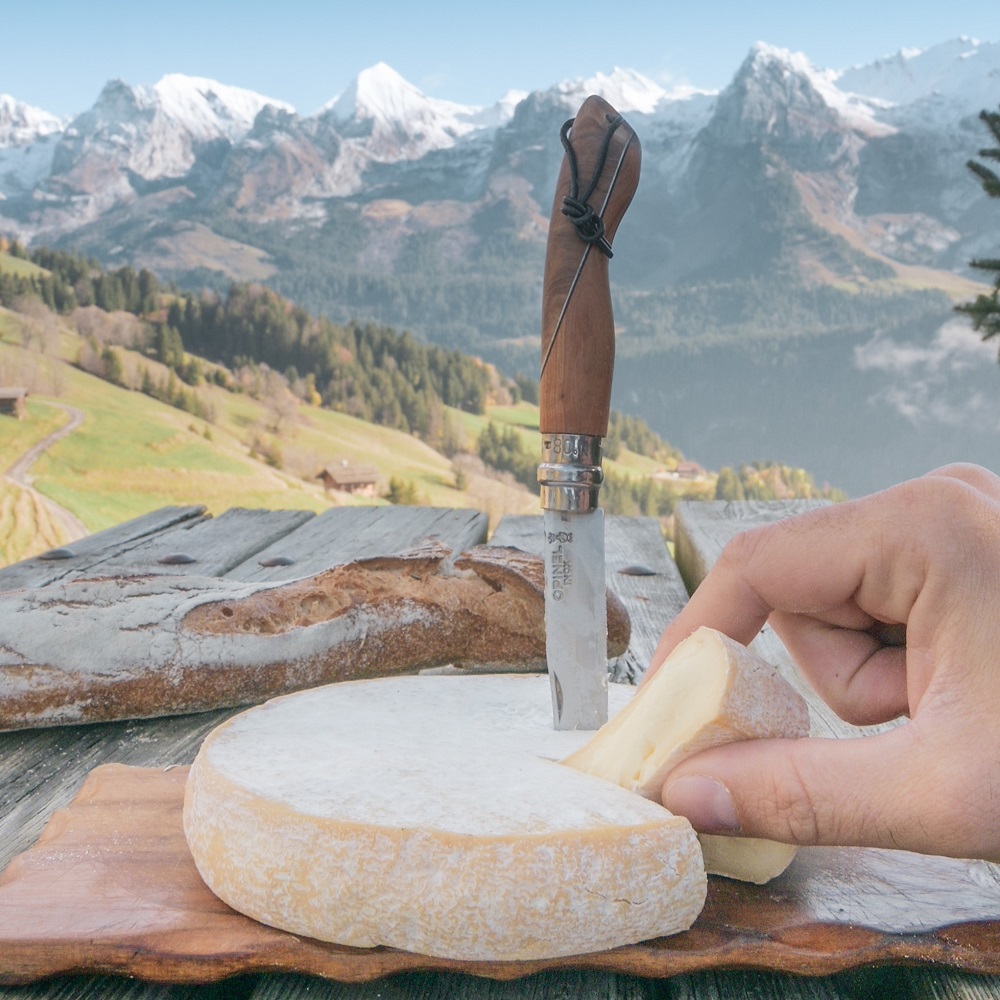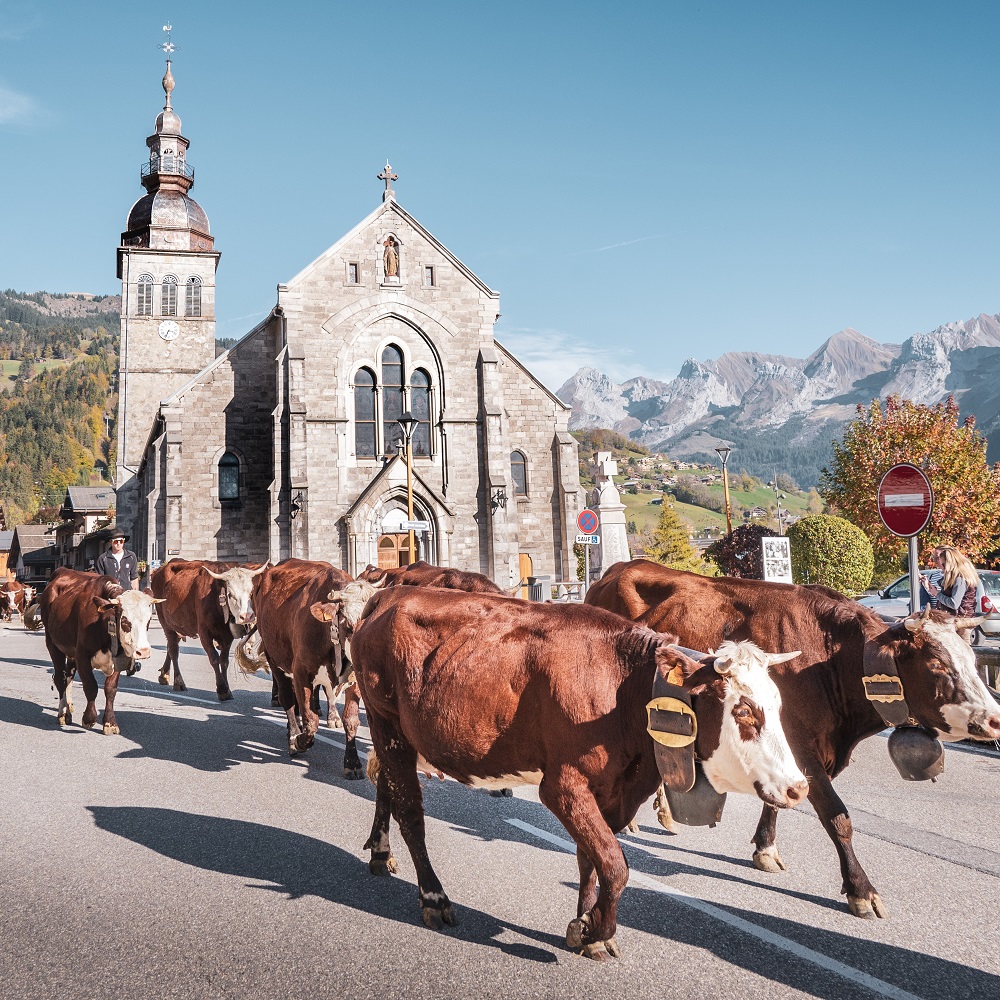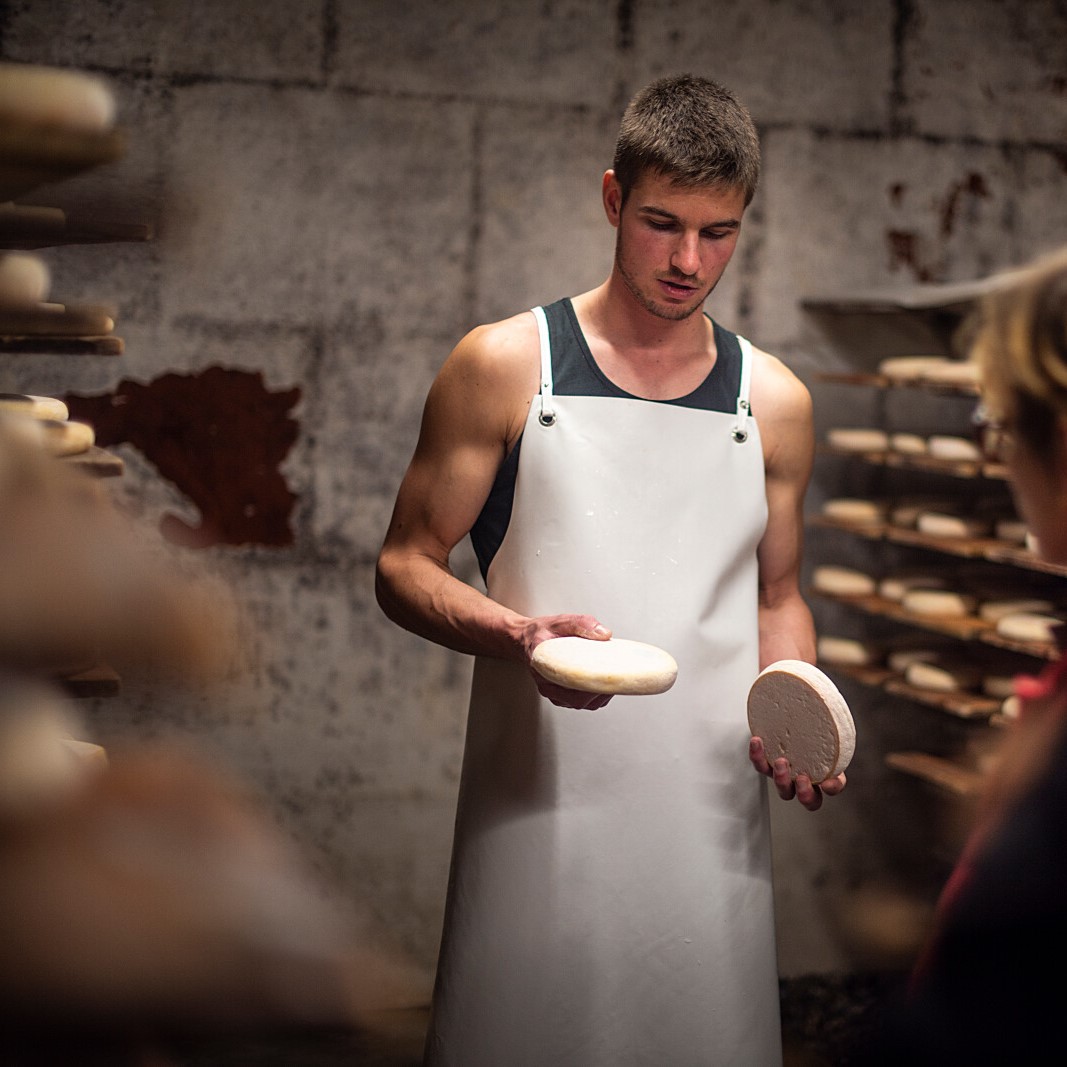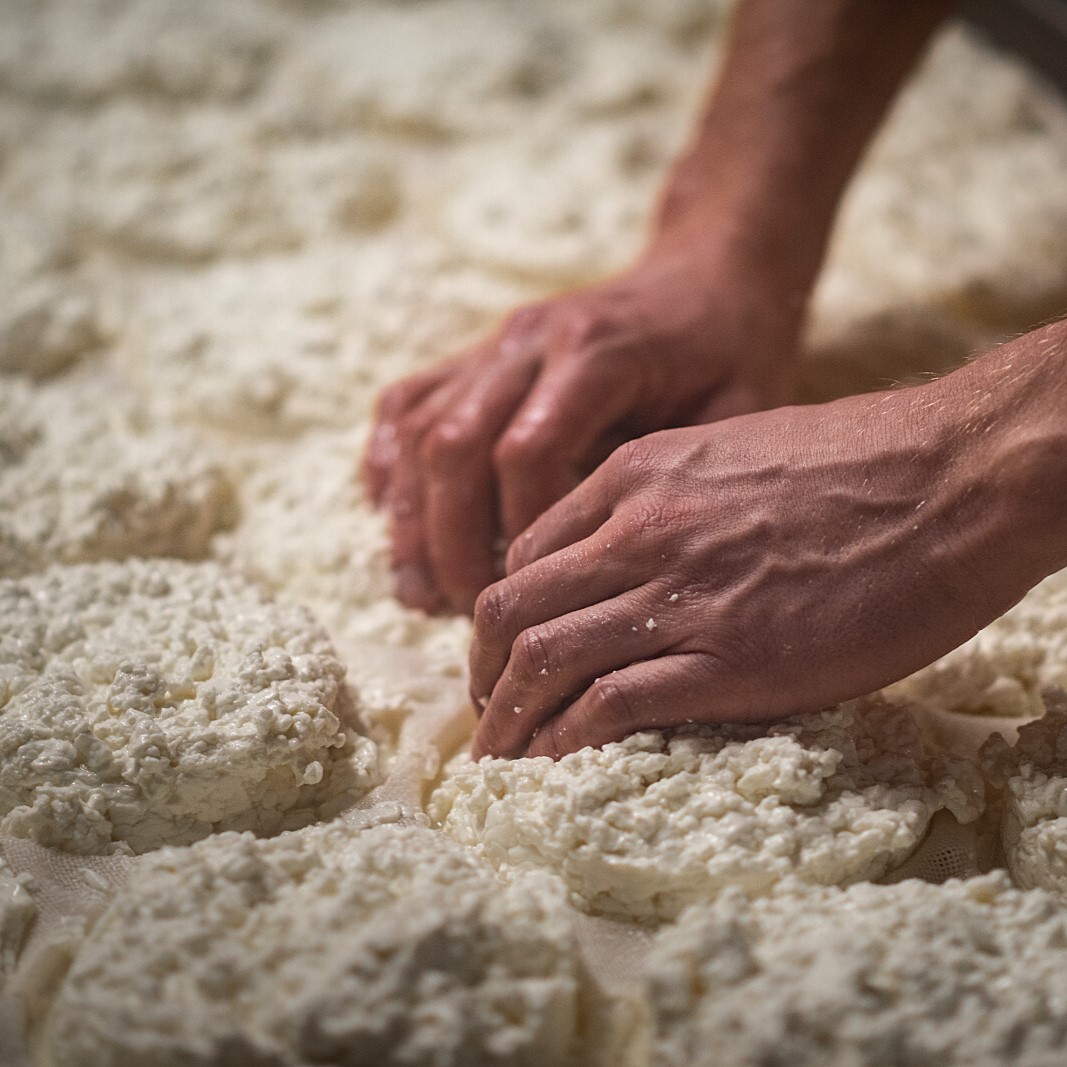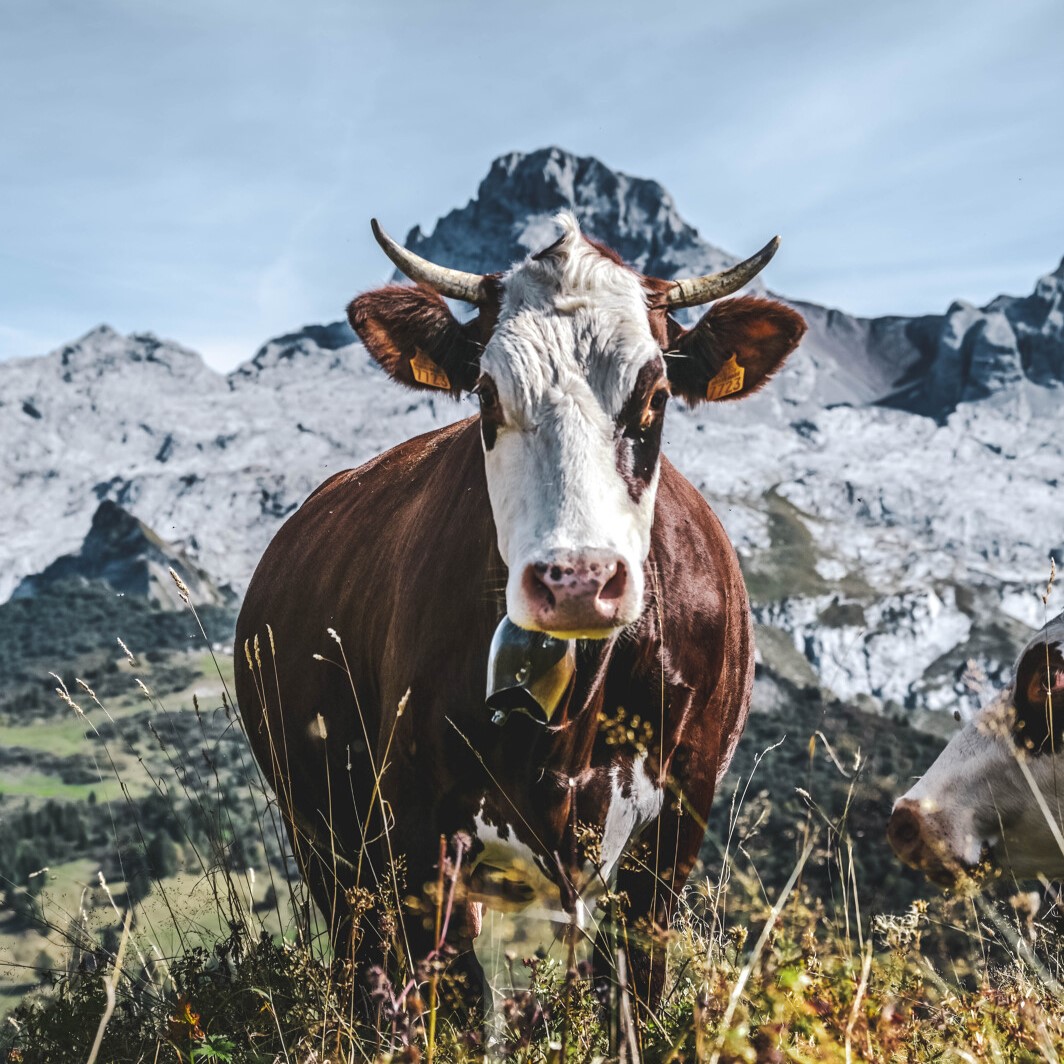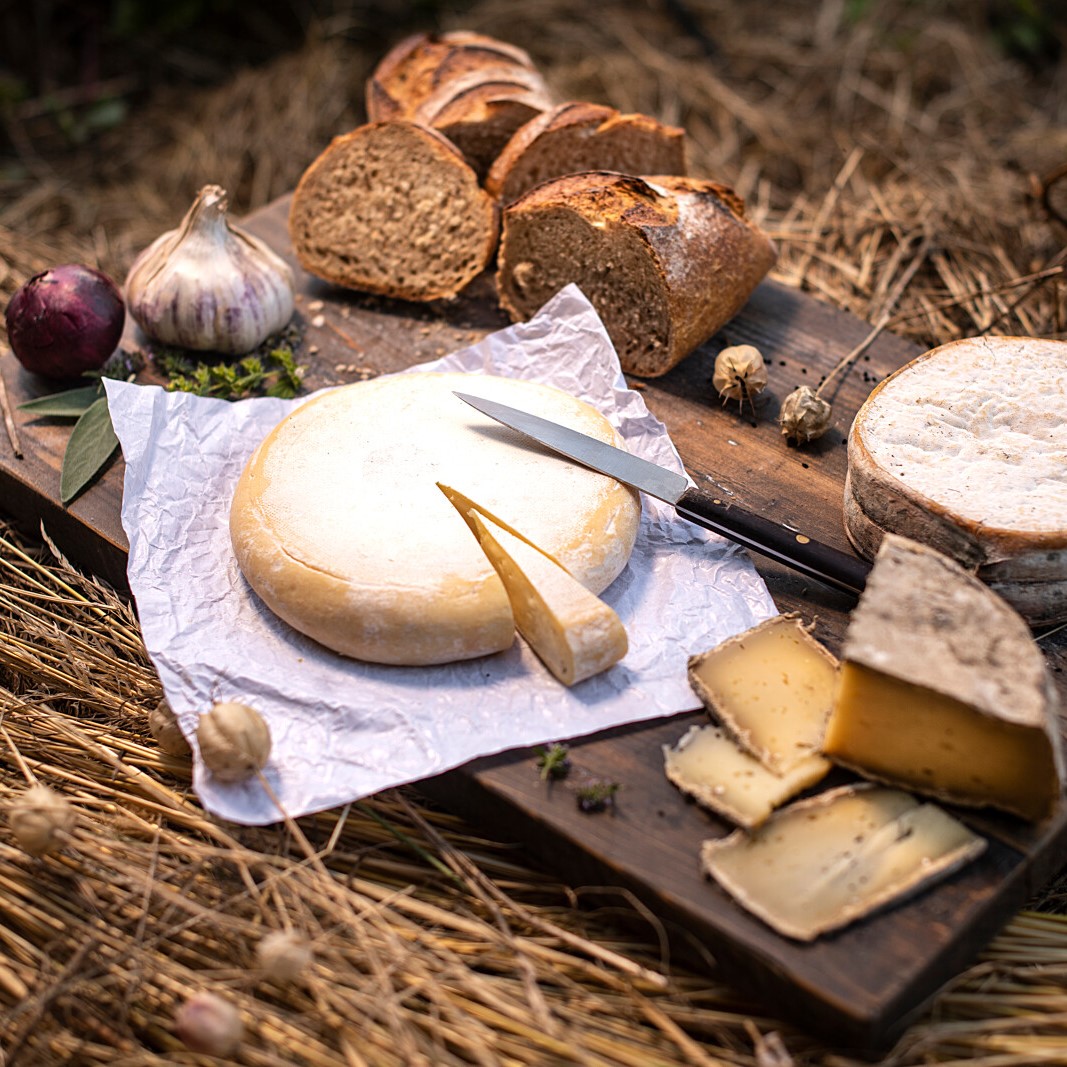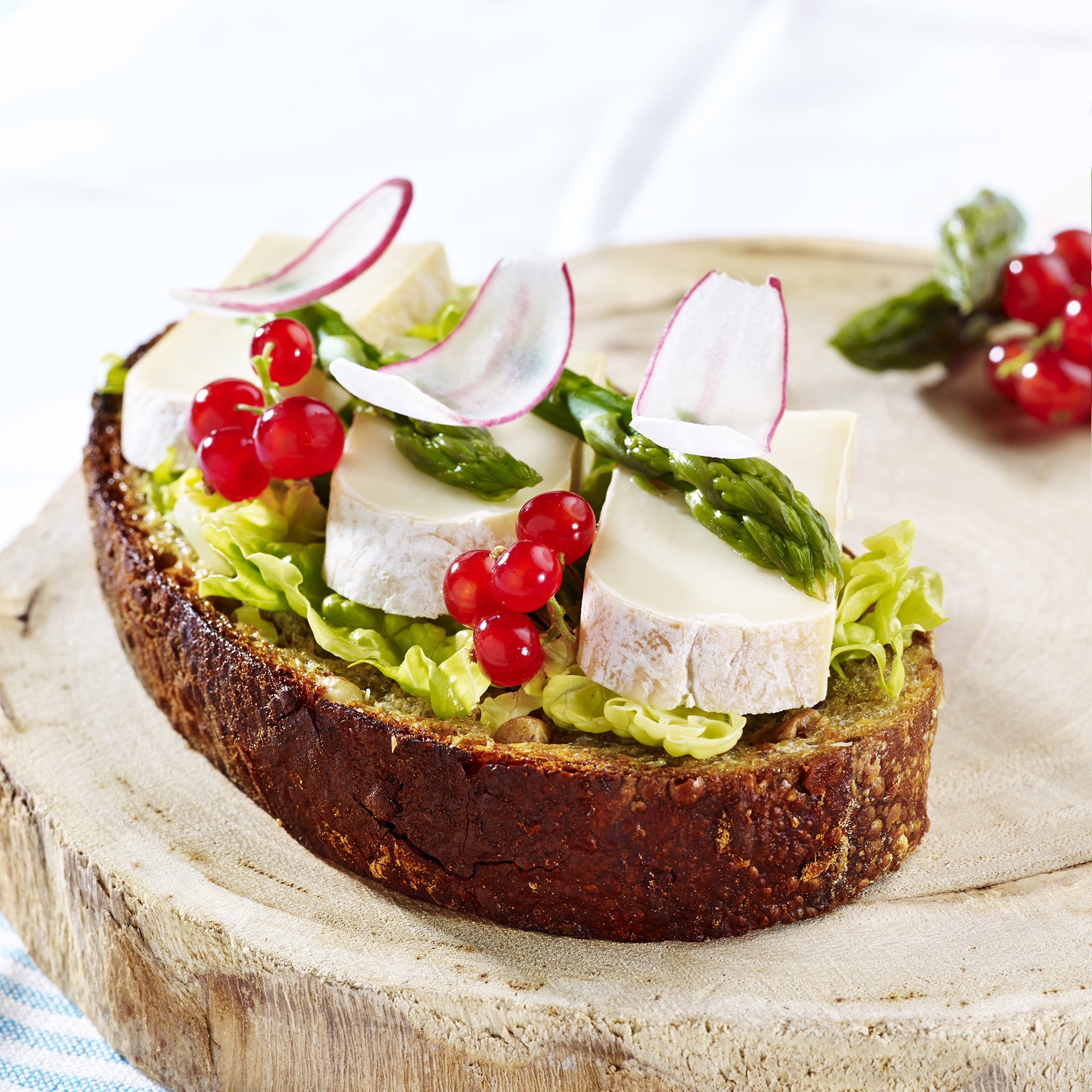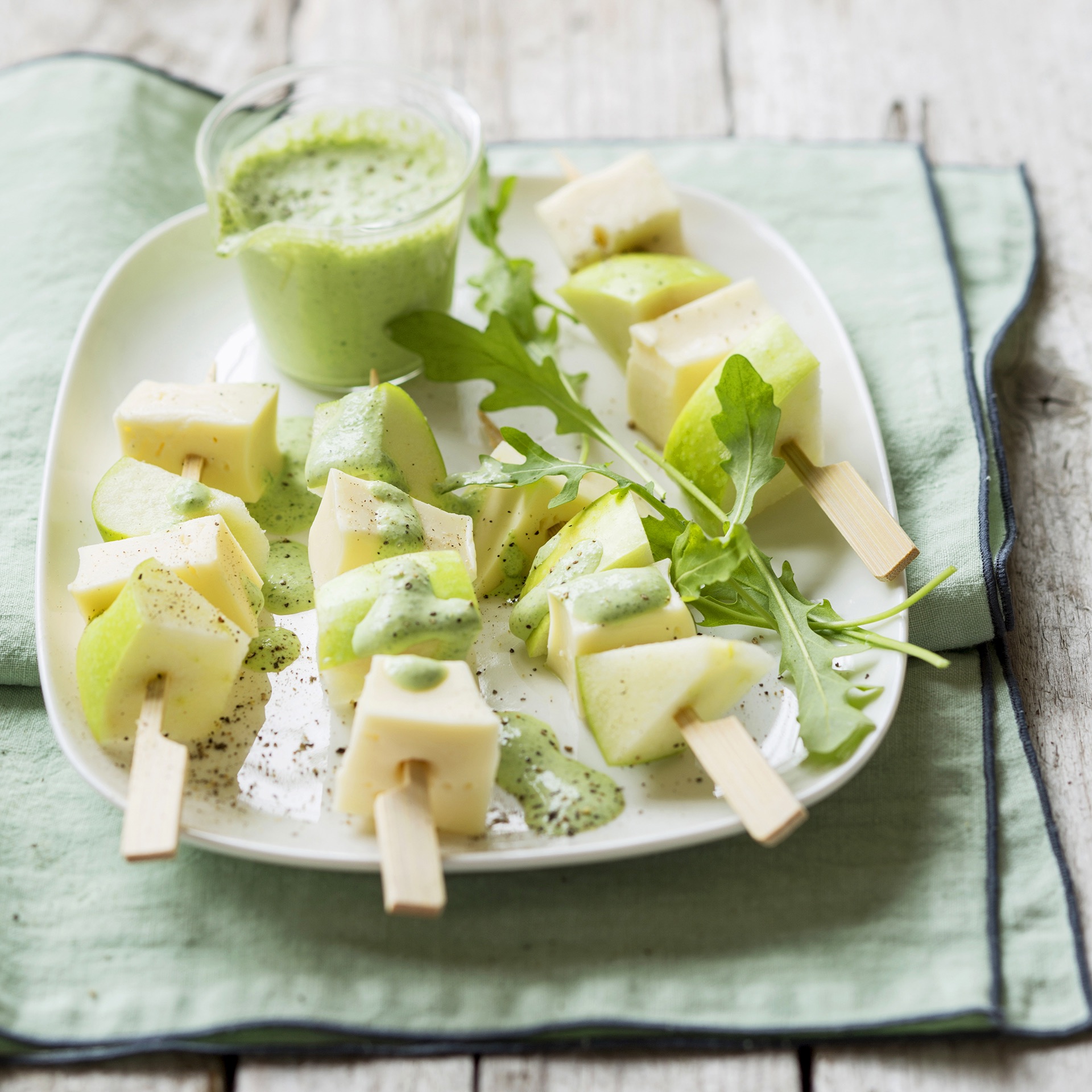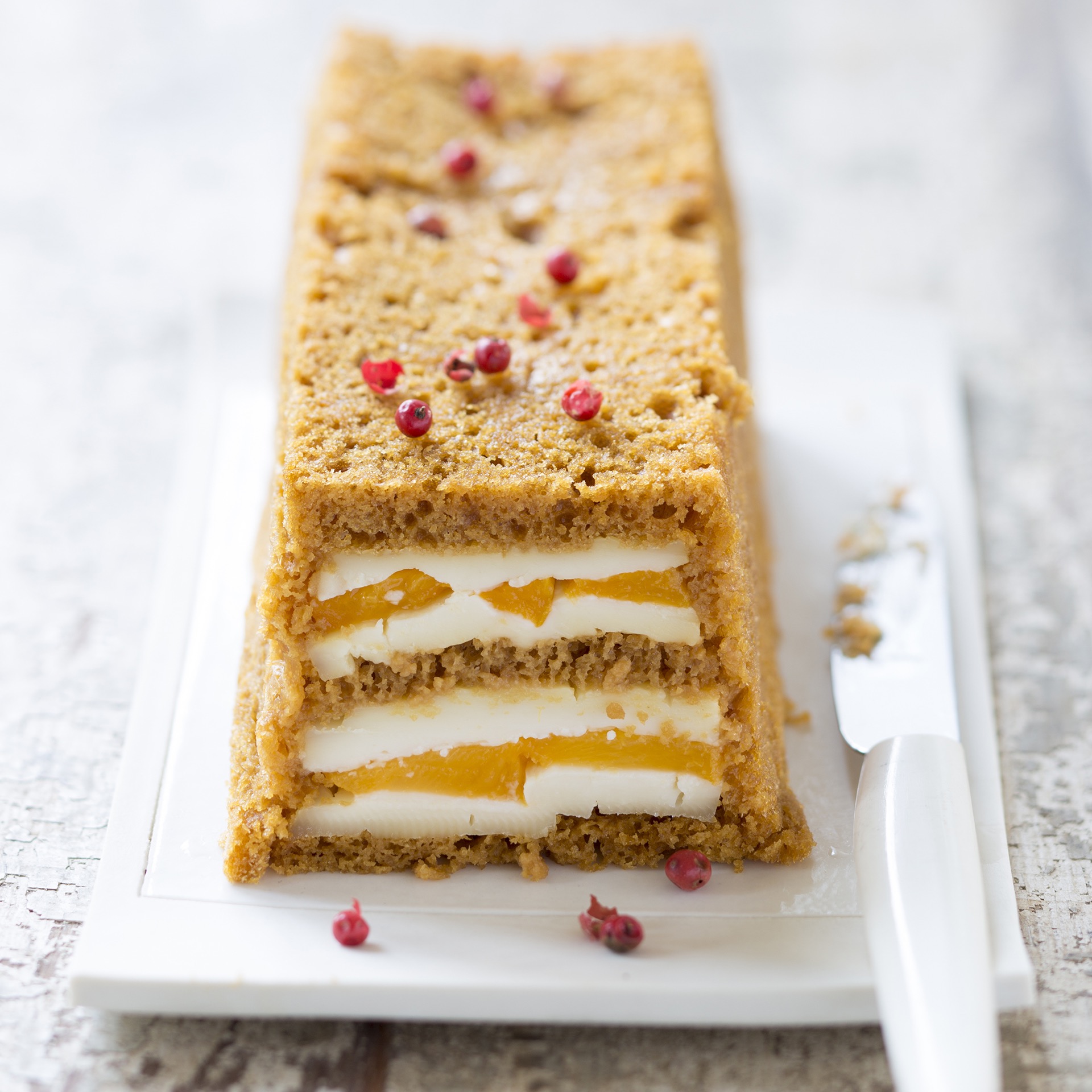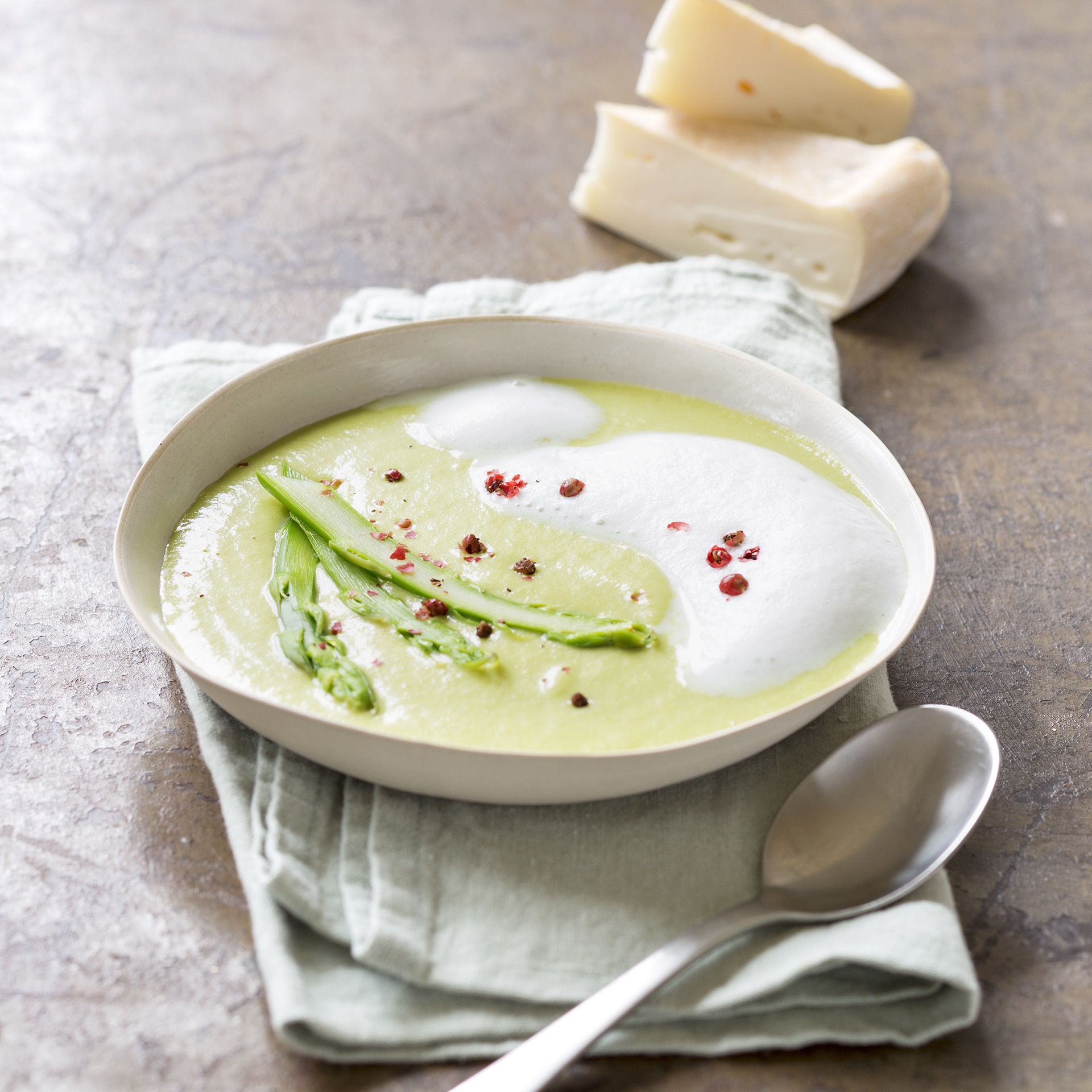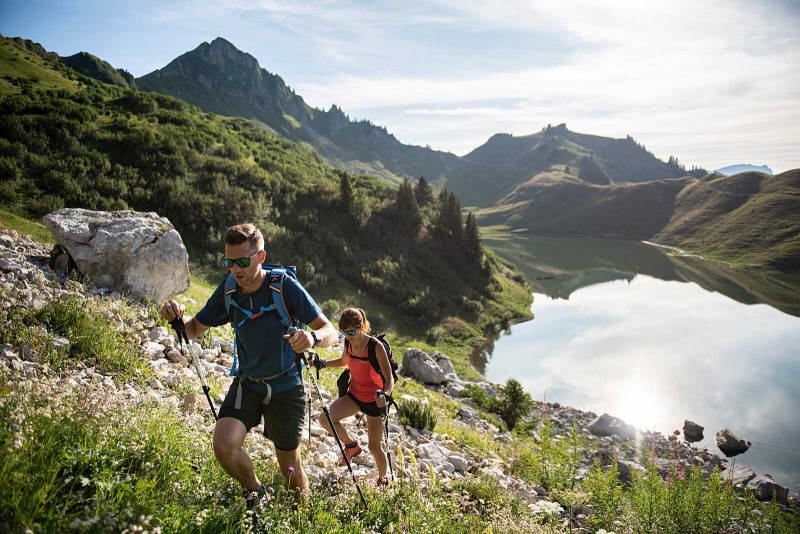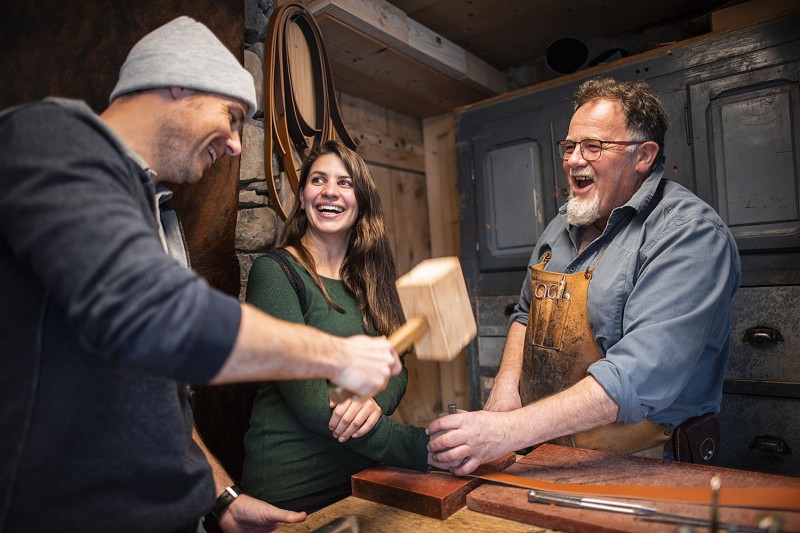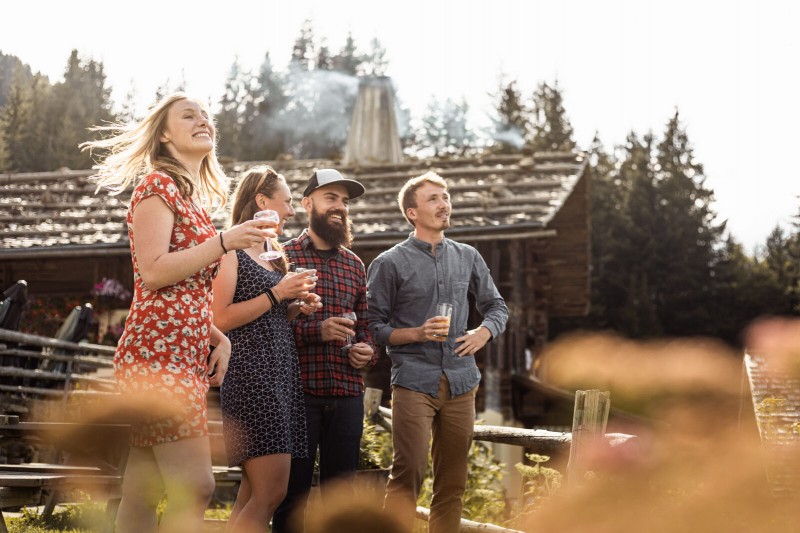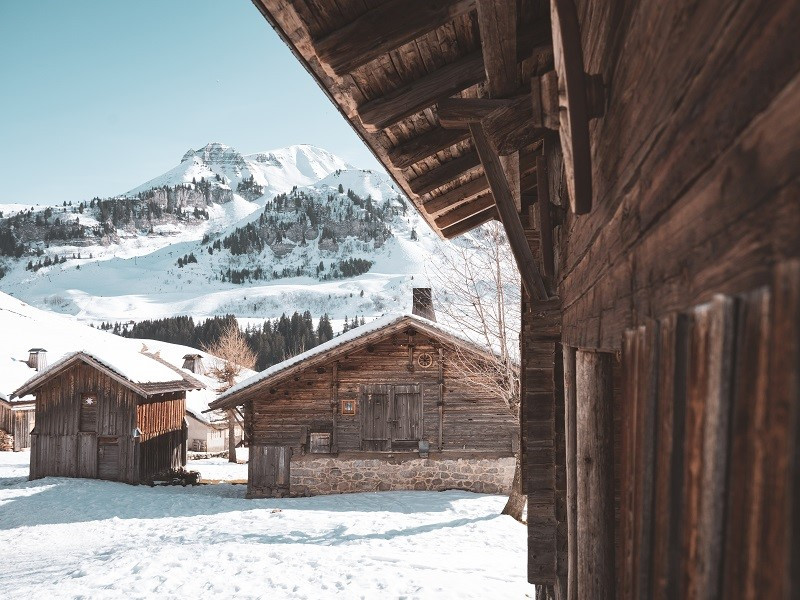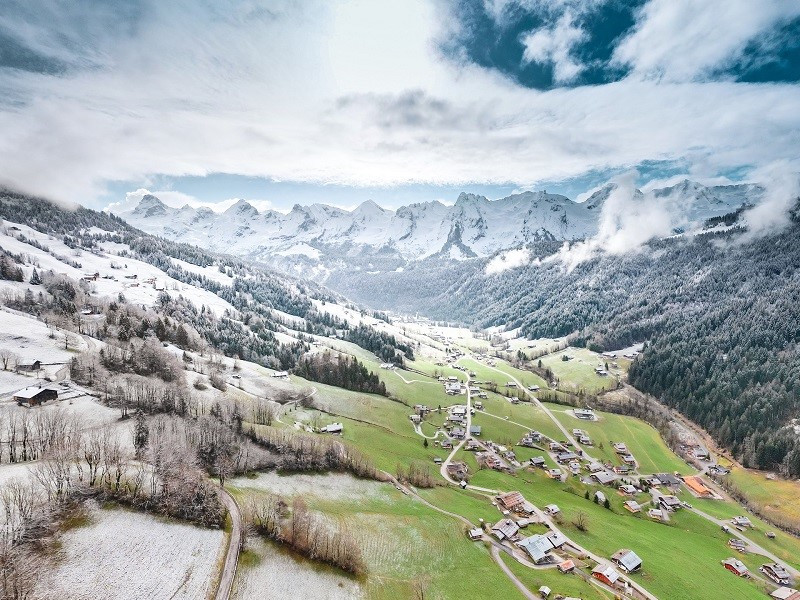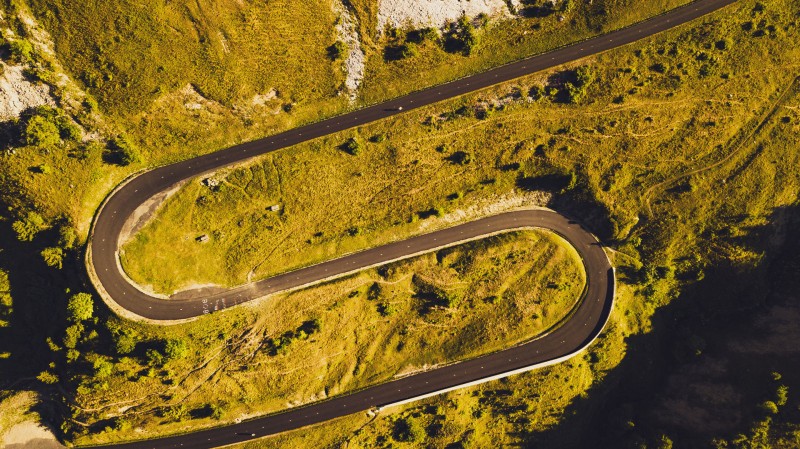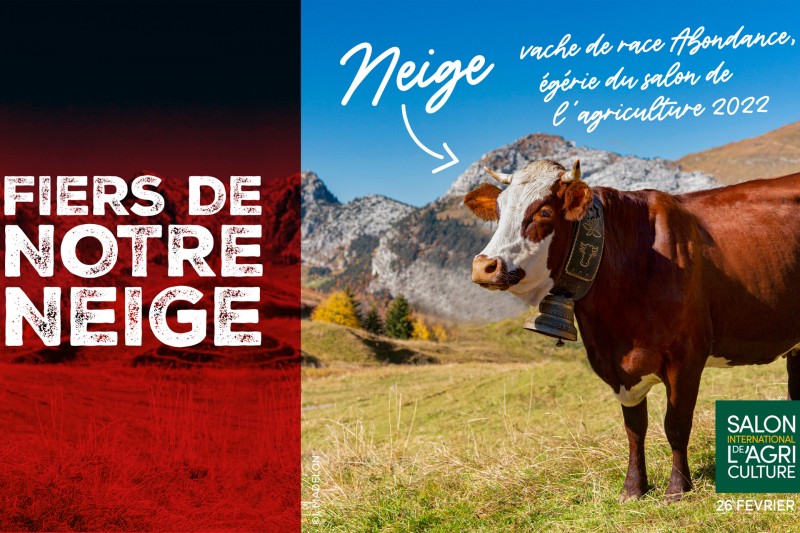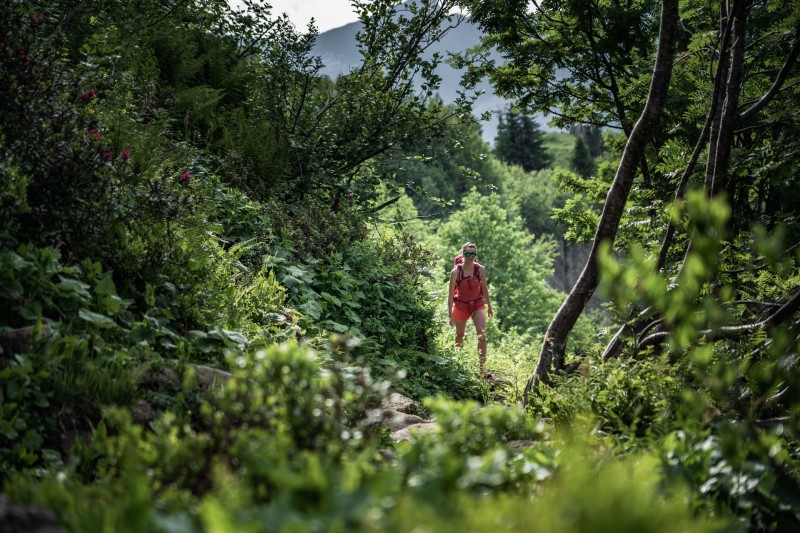Reblochon in 4 seasons
REBLOCHON OF SAVOIE, MUCH MORE THAN A CHEESE
The first agricultural village in Haute-Savoie, Le Grand-Bornand is the birthplace of the farm reblochon.
Since its appearance in the 13th century, reblochon has been melting the hearts of gourmets and lovers of good food... and for good reason: farmhouse reblochon and its green casein pastille - which differs from dairy reblochon made in cooperatives, which has a red pastille - struggles to preserve, while adapting to modern constraints, the traditional know-how that guarantees its inimitable taste: It is made twice a day at the place of milking and with the milk of a single herd, a herd composed mainly of cows of Abondance race, with grass-based feed in summer and hay in winter only. So many guarantees of quality for this cream cheese to be served... on a platter!
Its origin
Since its appearance in the 13th century, reblochon has been melting the hearts of gourmets and lovers of good food... and for good reason: farmhouse reblochon and its green casein pastille - which differs from dairy reblochon made in cooperatives, which has a red pastille - struggles to preserve, while adapting to modern constraints, the traditional know-how that guarantees its inimitable taste: It is made twice a day at the place of milking and with the milk of a single herd, a herd composed mainly of cows of Abondance race, with grass-based feed in summer and hay in winter only. So many guarantees of quality for this cream cheese to be served... on a platter!
Its origin
In the 13th century farmers paid their owners for the amount of milk produced in a day. At the time of the inspection, ingeniously, the farmer was milking incompletely in order to pay less rent. As soon as the controller left, he proceeded to a second milking. The milk thus obtained was probably not very abundant, but very rich in cream, ideal for making cheese.
Reblochon therefore owes its name to this little fraud, known locally as "Rebloche", because in dialect "Re-blocher" means to pinch the cow's udder a second time.
Reblochon therefore owes its name to this little fraud, known locally as "Rebloche", because in dialect "Re-blocher" means to pinch the cow's udder a second time.
Dairy Reblochon and Farmer's Reblochon
The dairy one :
- the cheese is made once a day
- the milk used is collected from several farms
- manufacturing can be mechanized
- the cheese is made in a cooperative or cheese dairy within 24 hours after milking
- Reblochon has a red casein pellet.
The farmer one :
- the cheese is made twice a day, just after milking
- the milk used comes from a single herd, each farmer's herd
- the manufacturing is entirely manual
- the cheese is made on the farm directly after milking
- Reblochon has a green casein tablet and a Reblochon farmer logo on its packaging.
Essential to know
- a Protected Designation of Origin (AOP) since 1958
- only 3 races of cows are authorized for milk production in Reblochon: Abondance, Montbéliarde and Tarine. Their feed is mainly based on grass and hay (from the appellation area and supplemented with GMO-free cereals).
- In winter, the producers and the cows stay at the foot of the mountains in the "ferme d'en bas" and in spring, they go to the "ferme d'en haut" in mountain pastures for 4 to 5 months.
- about 4 l of milk are needed for 1 cheese between 450 and 550g.
- the milk comes out of the cow at 35°C and is transformed into cheese directly after milking before it has cooled down
- After milking, from curdling to maturing, 8 steps are necessary for its manufacture.
- Reblochon contains only 27% fat !
Know everything about Reblochon
OUR RECIPES BASED ON REBLOCHON DE SAVOIE
Reblochon de Savoie enhances many recipes, raw or cooked, sweet or savory. It can be eaten in summer or winter and its characterful flavor enhances raw vegetables, gingerbread or asparagus velouté. This cheese is typical of the mountain pastures and can be enjoyed in all seasons:
- In winter in a reblochonnade, tartiflette, risotto, macaroni gratin or burger.
- In spring, in stuffed zucchini, fresh toast, spring salad, maki or coleslaw.
- In summer, within picorettes and verrines for the aperitif, a mousse of reblochon or an escabeche of vegetables of the sun.
- In autumn, in a melting reblochon pizza, a sweet potato pie, a kale wok or stuffed eggplant.
- In winter in a reblochonnade, tartiflette, risotto, macaroni gratin or burger.
- In spring, in stuffed zucchini, fresh toast, spring salad, maki or coleslaw.
- In summer, within picorettes and verrines for the aperitif, a mousse of reblochon or an escabeche of vegetables of the sun.
- In autumn, in a melting reblochon pizza, a sweet potato pie, a kale wok or stuffed eggplant.

